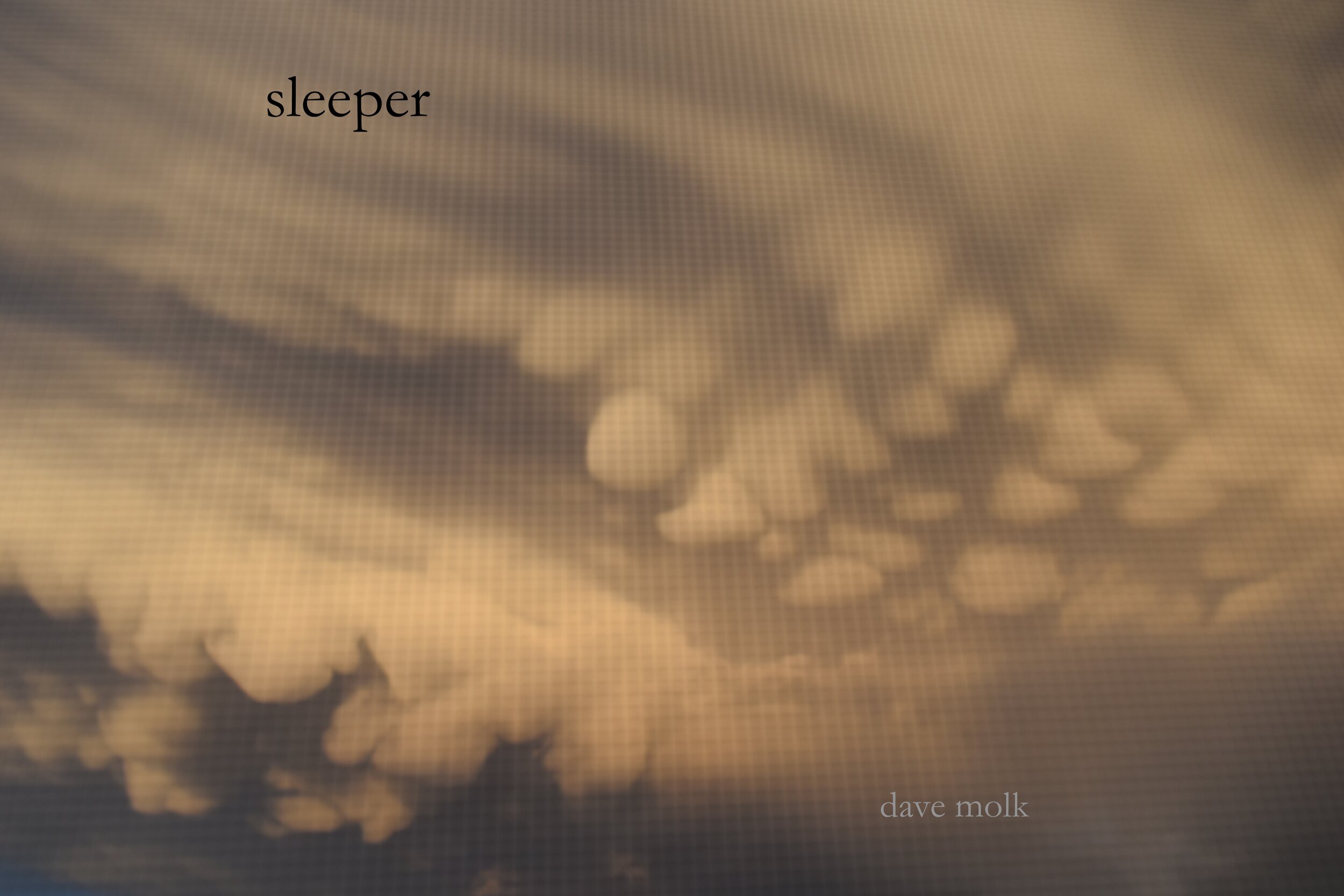On December 1st, I released sleeper, a minimal techno quasi concept album/EP. As of today (12/22/20), I’m still really psyched by it and proud of it, which generally isn't the case for a lot of the electronic music I make. As a nod to that and in a fairly shameless attempt to get you interested enough to check it out for yourself, I’m going to give a brief overview of how sleeper came to be and a quick track-by-track run-down. Like what you hear? Pick it up here!
Read More#YouWereMineFlipChallenge
Hopped into Micro-Chop’s #YouWereMineFlipChallenge and came up with the following beat. I didn't want to spend too much time on the challenge, which was convenient because I didn’t have much time to spend on it. Instead of a lot of planning the type of beat I wanted to make, I just jumped in and started looking for instrumental sections. I figured (rightly) that the sample would guide the flip. I settled on the following three bars:
Read MoreBreakbeats in the Classroom (Part 2)
Playing with breakbeats
1) The first, and most obvious thing you can do with a breakbeat is to loop it without changing anything, or with only very minimal changes. Below, I’ve quantized the break slightly by placing the downbeat of each bar on the grid, but otherwise leaving things untouched in order to preserve some of the “live” feel. You can see this visually by looking at beats 2 and 4—you can see the snare is hitting behind beat.
Breakbeats in the Classroom (part 1)
Overview
This is going to be a series of three posts (at least), organized in the following manner. In this first post, I’ll provide a brief and basic introduction to breakbeats, aimed at those who haven’t worked with or studied them before. The next post will look at some of the ways we can use breakbeats as a creative basis for new music. The third post will make the case for including breakbeats as a part of a basic music theory curriculum and examine some of the moral/ethical questions involved with using breaks.


